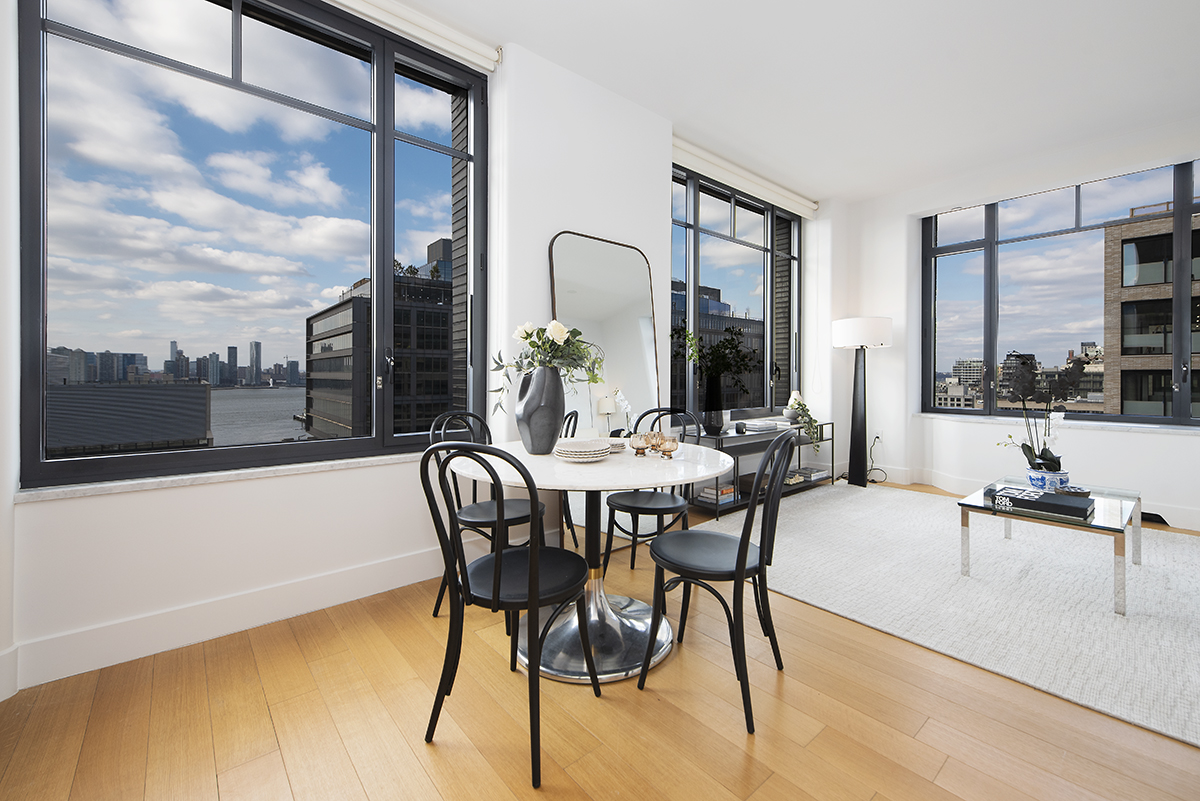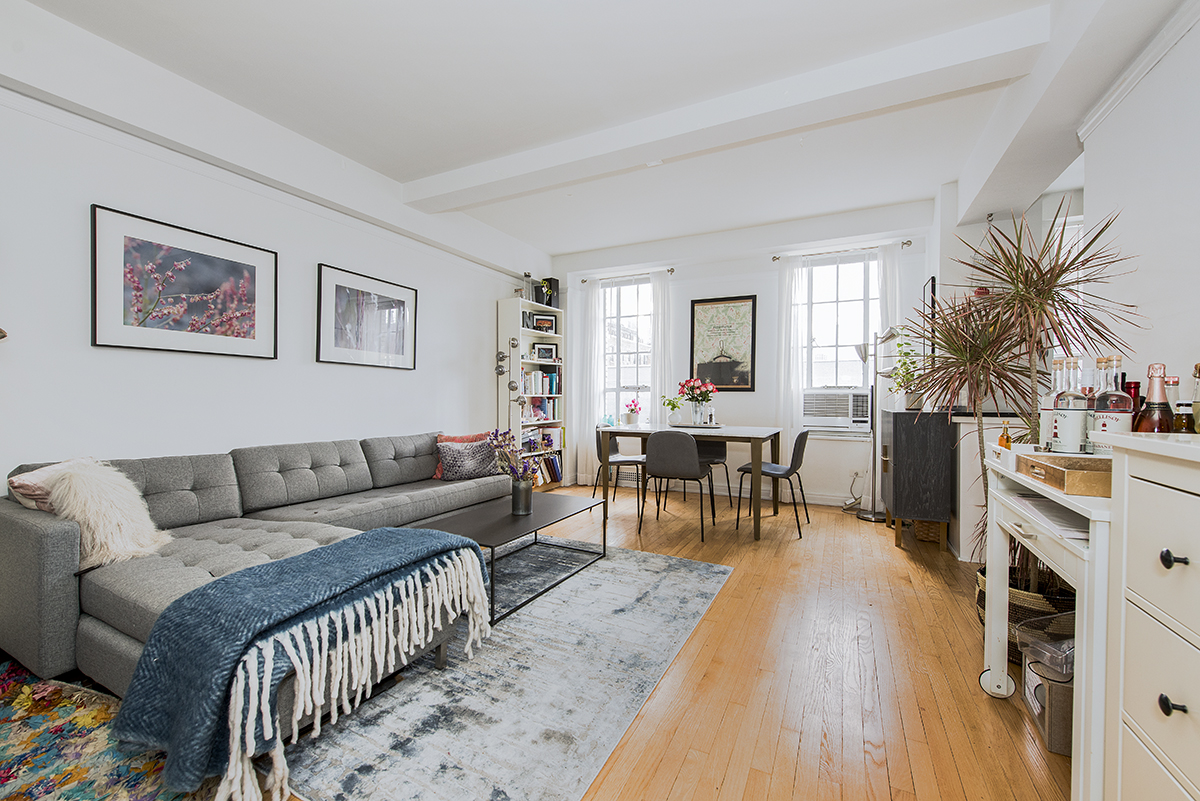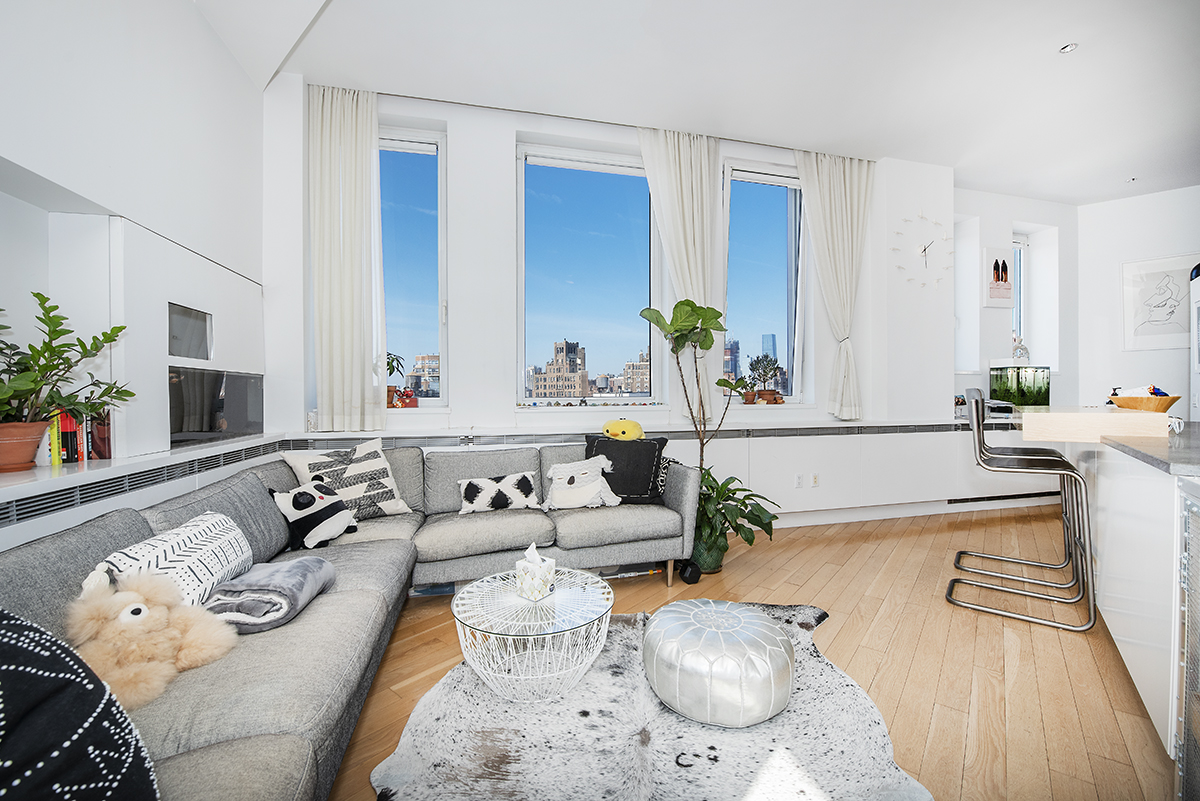Why Invest In New York
Posted by Wei Min Tan on March 3, 2020

Why invest in New York? Manhattan, New York is the most expensive, land-locked and high demand city in the United States. Manhattan is very different from the average U.S. city from various perspectives. For example, the median price of an apartment in Manhattan is $1.06 million while the median price of a single family house in the U.S. is $220,000. Combined with higher incomes, diversity and an international culture, Manhattan is perhaps the most unique city in the United States.
Contact: tan@castle-avenue.com
Read about Wei Min’s style in Best Manhattan property agents and Role of a buyer’s broker.
Interested in working with Wei Min?
Click here to get in touch!
Top Ranking Global City

High net worth individuals globally have been buying condominium apartments in Manhattan for diversification because of Manhattan’s price stability and global brand value. The Wealth Report published by Knight Frank ranks Manhattan, New York the #1 city in the world based on number of high net worth individuals and based on the top global cities that matter the most to HNWIs.
Top Global Cities By High Net Worth Population
Ranking
- New York
- London
- Tokyo
- San Francisco
- Los Angeles
- Beijing
- Mumbai
- Hong Kong
- Sao Paolo
- Rio de Janeiro
Top Global Cities That Matter To High Net Worth Individuals
Ranking
- New York
- London
- Paris
- Tokyo
- Hong Kong
However, despite the #1 rankings per the above criteria, property prices in New York are a relative bargain. For higher-end residential property, New York’s $2,030 to $2,240 price per square foot is only ranked #8 in the world.
Most Expensive Real Estate In The World
| Price per square foot | |
|---|---|
| Monaco | $5,350 – $5,920 |
| Hong Kong | $4,570 – $5,050 |
| London | $3,890 – $4,300 |
| Geneva | $2,720 – $3,010 |
| Paris | $2,350 – $2,600 |
| Singapore | $2,340 – $2,580 |
| Moscow | $2,040 – $2,260 |
| New York | $2,030 – $2,240 |
| Sydney | $2,020 – $2,230 |
| Shanghai | $1,820 – $2,020 |
Weimin’s article, New York’s Super Prime Areas
Population Growth
Real estate is driven by population demand which in turn is fueled by population growth. U.S. Census shows that the United States’ population grew from 309 million in 2010 to 330 million in 2020.
New York City, which comprises Manhattan, Brooklyn, Queens, Staten Island and Bronx, grew from 8.190 million people in 2010 to 8.323 million in 2020, or a 1.6 percent increase. The population growth of New York City is less than that of the U.S., primary because of the high cost of living and colder weather. The population of Manhattan grew from 1.589 million in 2010 to 1.630 million in 2020 during the same period, or a 2.6 percent increase. Manhattan is the most densely populated and expensive city in the U.S. Manhattan’s population growth is unique and is driven by the finance, technology, advertising, consulting and fashion industries.
Diversity
Manhattan’s population growth is driven by organic growth and immigration. Immigration includes people moving to New York from within the United States and from abroad, driven by the various employment sectors such as finance, media, advertising and technology.
The number of foreign born persons in New York City is 36 percent, one of the highest among U.S. cities. This demonstrates New York’s ability to attract highly educated and high income talent from all over the world. High educational attainment and income are now almost a pre-requisite to live in Manhattan where the average rent is $4,000 per month and a luxury 2-bedroom apartment rents for $10,000 per month
Limited Supply On A Land-Locked Island
Manhattan is one of the most densely populated cities in the world with 1.6 million residents living in a land area of 23 square miles. This equates to 69,000 residents per square mile. Unlike inland U.S. cities that allow developers to build outwards of the city core, Manhattan is a land-locked island. This limits the amount of property supply while demand continues to grow from local residents and investors from around the world.
Weimin’s article, Foreign and International Buyer Guide
The Great Recession of 2009
Perhaps the best indicator of Manhattan, New York’s investment risk level was during the recession of 2009. Manhattan was the last to enter the recession and the first to come out of it.
Property prices increased until late 2008 and decreased in only one year, 2009. By 2010, property prices were on the rise again. While the U.S. saw property price decreases of up to 50 percent, property prices in Manhattan declined by only 15 percent in 2009. The peak of 2008 saw apartment prices at $1,183 per square foot. This declined to $1,051 per square foot in 2009, representing the bottom of Manhattan property prices. By 2010, prices started inching up again and were recorded at $1,058 per square foot.
Manhattan’s Historical Price Trend
There are several reasons why Manhattan was more insulated from the recession.
- The larger percentage of co-ops in Manhattan meant boards would not allow financially overstretched buyers. These boards also require proof of sufficient financial cushion and liquidity from potential purchasers. As result, most owners in Manhattan are not financially overstretched.
- The higher income levels of Manhattan residents allow them to better weather financial uncertainties.
- Since the average size of mortgages in Manhattan are larger (known as “jumbo” and “super jumbo”), banks were also stricter with lending guidelines. This meant requiring higher credit scores and more financial cushion from borrowers.
As a result, foreclosure rates in Manhattan were almost non-existent. Right after the recession, any property that were in pre-foreclosure status were purchased, often at market prices, way before actual foreclosure could take place. This was very different from states like Florida, Arizona and Nevada where banks foreclosed on properties and then resold them back on the market at a significant discount.
Conclusion
For a top global city, Manhattan, New York is a relative value from a price perspective. Our clients have been buying in New York for its price stability and global demand. The recession of 2009 was perhaps the best proving ground on Manhattan as a low investment risk asset.
If you’d like to explore adding Manhattan property to your portfolio of assets, we look forward to a discussion.
What We Do
We focus on global investors buying Manhattan condos for portfolio diversification and long term return-on-investment.
1) Identify the right buy based on objectives
2) Manage the buy process
3) Rent out the property
4) Manage tenants
5) Market the property at the eventual sale
Deal Examples
1) 959 First Avenue. Client reserved this new launch condo at pre-construction stage from developer Toll Brothers. Buy decision driven by quality of interiors, location and reservation deposit of only 10 percent. Rented at premium rents from the beginning. $2 million price point for one bedrooms.

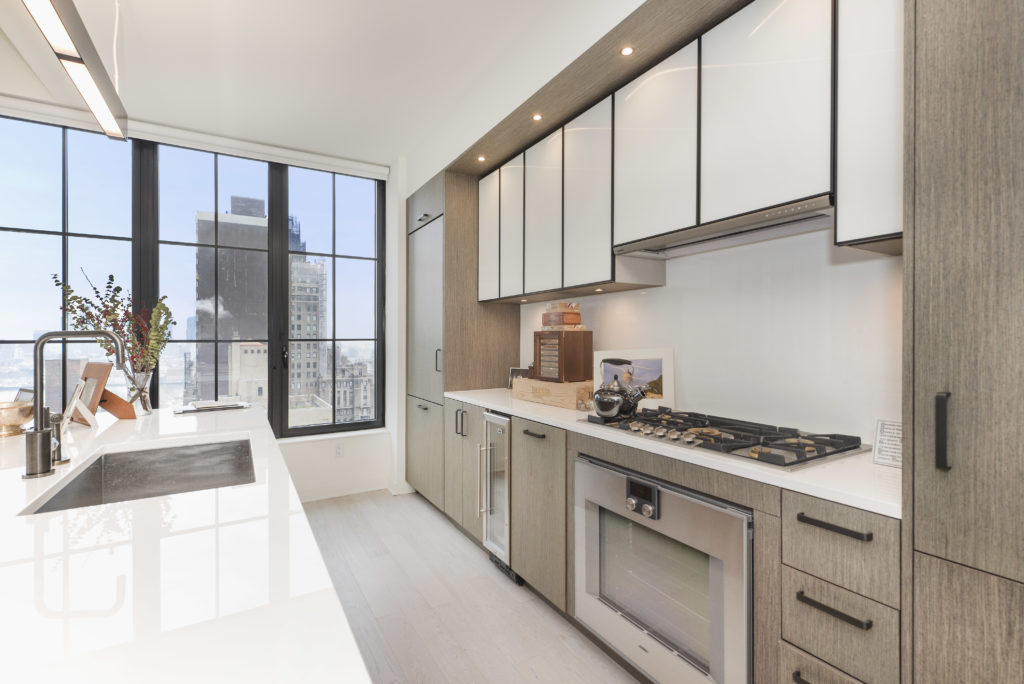
2) 200 Chambers Street. Luxury building in Tribeca with premium price and rents. The low carrying costs and high demand make this a good investment. Located next to Whole Foods, World Trade Center, Goldman Sachs headquarters. This apartment faces the building’s zen garden and comes with a washer/dryer within the apartment. Approx $1.5 million for one bedroom.
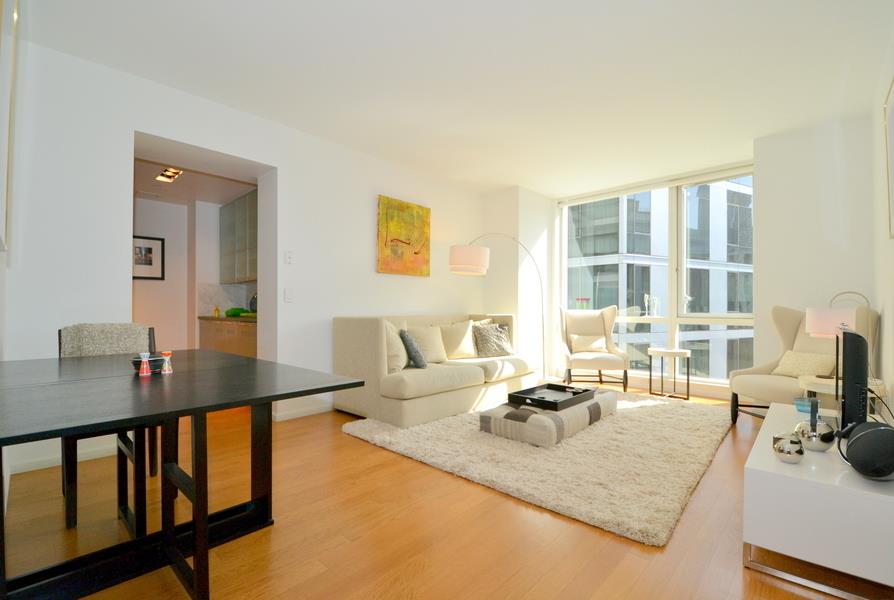
3) 502 Park Avenue. Top prewar condo at 59 St and Park Avenue, steps away from Central Park. Client wanted the best location and a distinctive building. Building was formerly the Hotel Delmonico and converted to residential condo by Trump. Investing in a pre-war condo is an attractive strategy because pre-war condos are limited and there is strong demand for such prized assets.

Notes:
Article updated March 3, 2020
Follow On Instagram
Related Articles


